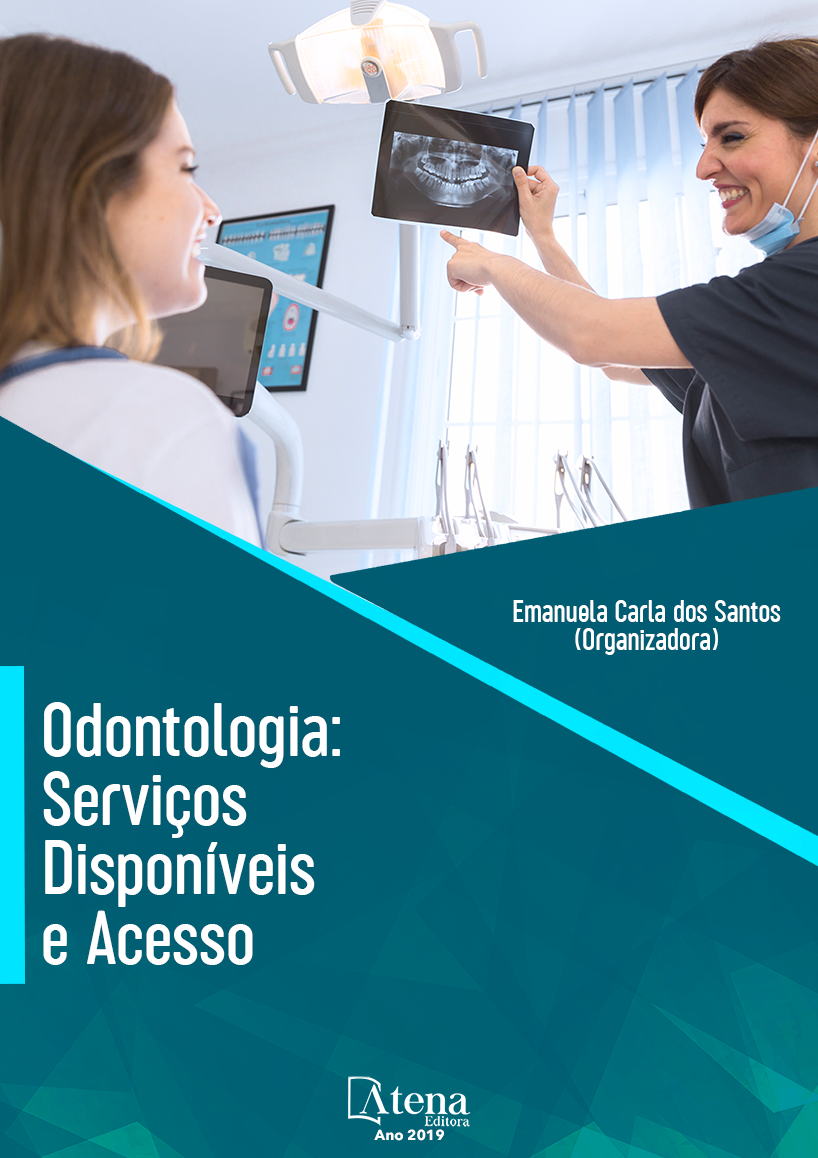
AVALIAÇÃO EM MEV DO INTERCAMBIAMENTO DE UCLAs EM DIFERENTES IMPLANTES
-
DOI: 10.22533/at.ed.68919100730
-
Palavras-chave: Atena
-
Keywords: microleakage, adhesive system, composite resin
-
Abstract:
The adhesives continue to evolve, as well as the composite resin
restorations, but need to be constantly evaluated. Ideally, clinical research is better for
this purpose, but clinically the standardization of protocols is more difficult, increasing
biases. Thus, a laboratory protocol was made, where some adhesive systems (AS)
used in the national market were selected for in vitro research. Thirty healthy human
teeth were randomly selected and distributed in 5 groups: G1 - Âmbar; G2 - Adper
Scothbond Multiuso; G3 - Clearfil SE Bond; G4 - OptiBond All-In-One e G5 - Vitro Fill
LC (control). Class V cavitary preparations were made with cervical termination 1.0 mm
below the amelocementary junction. The AS were used according to the manufacturers
‘ instructions and restored with the Opallis composite resin and curing for 20 seconds in
each increment with the same LED. They were stained with 2% methylene blue for 24
hours and microleakage was evaluated with a magnifying glass according to the scale
rating of 0-4. Statistical differences were found in the cervical marginal microinfiltrations
of G1 restoration in relation to the control group and G2. However, this G1 did not differ
from groups 3 and 4. The G2 presented the best results, similar to G5. In this way, the
conventional 3-step AS was the only one with similar results to the control group.
-
Número de páginas: 15
- Carlos Nelson Elias
- James Carlos Nery
- George Furtado Guimarães
- Márcio Luiz Bastos Leão
- ZANDRA MEIRE DE MELO COELHO


